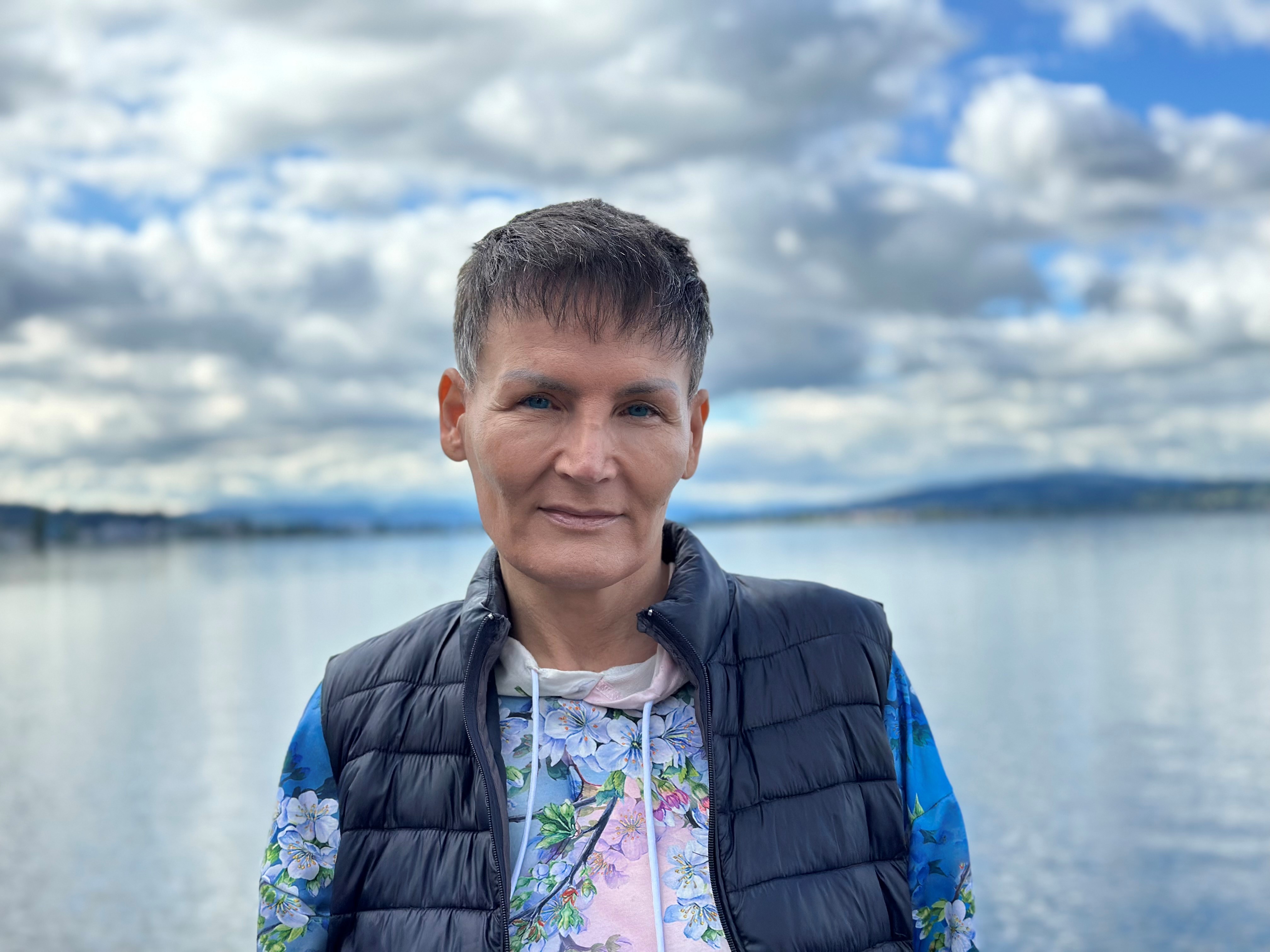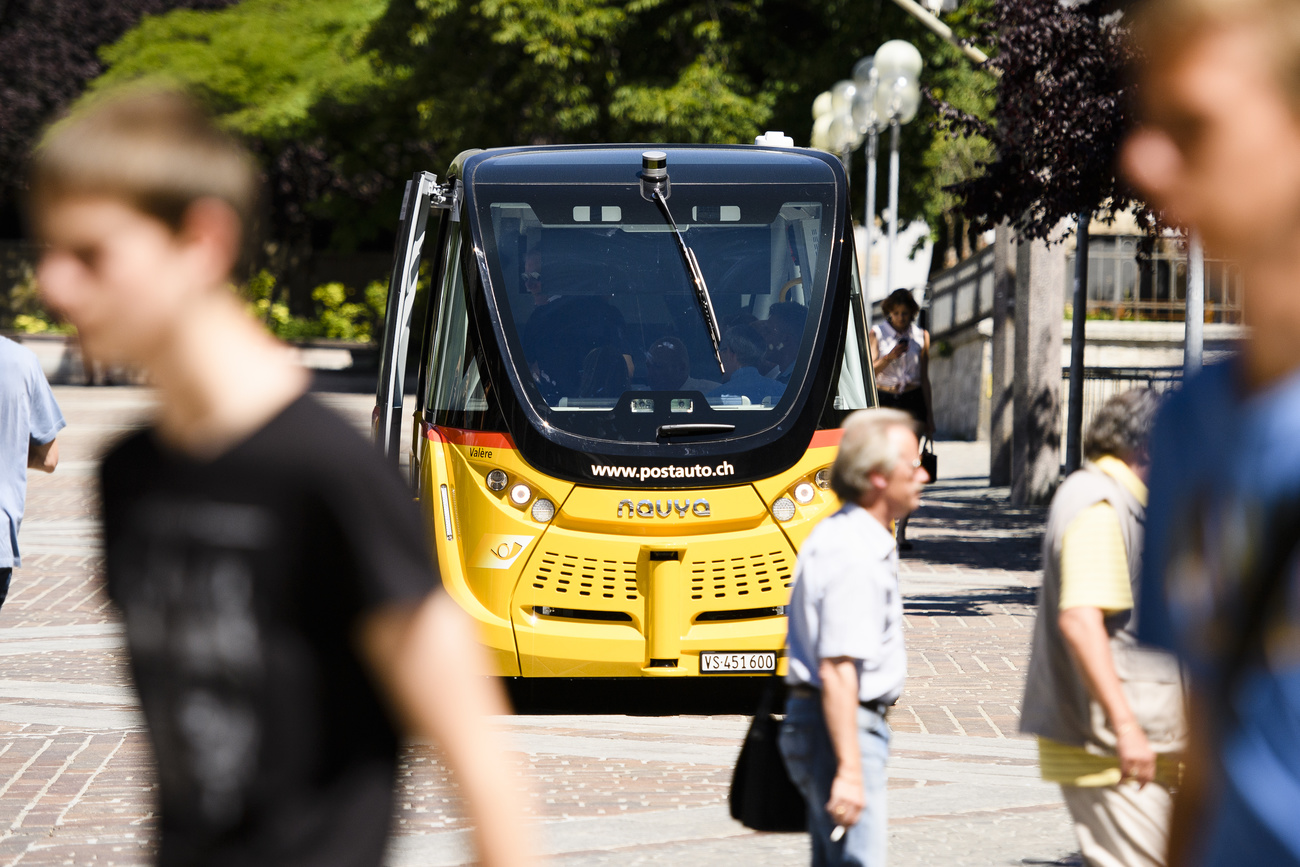Observers enter Syrian quagmire

Swiss observers are on the ground in Syria as part of an 11-person advance United Nations monitoring team.
The unarmed team, including two Swiss military personnel, is tasked with observing the ceasefire – theoretically in force since April 12 – and with laying groundwork for a total team of 300 monitors to arrive later under a new UN mission for Syria.
“I’d say the main risk is being in the wrong place at the wrong time,” Christian Jörgensen, chief of missions for the Swiss Armed Forces International Command, told swissinfo.ch.
“That means setting up offices, telephones, connections and developing contacts with local authorities,” Jörgensen said, adding that no decision had yet been taken for the start of the main mission.
The UN’s presence is far from unnoticed: some areas that have welcomed the observers with anti-government demonstrations appear to have faced retribution from Bashar al-Assad’s regime.
As to why Switzerland, a famously neutral country, was getting involved, Jörgensen stressed the country’s interest in peace in the Middle East.
“We’ve had military observers in UNTSO [United Nations Truce Supervision Organization], the UN’s oldest peace support operation since 1989; the mission was established in 1948. Therefore Syria is a vital interest for the Swiss security policy and foreign policy. That’s why we’re sending observers.”
Continued violence
However, persistent bloodshed has tarnished efforts by the UN team to salvage a truce that started to unravel almost as soon as it began.
On Monday, more than 30 people were killed in the central city of Hama, just one day after the monitoring team visited the city.
On Tuesday, activists and state media said rebels seeking to topple President Assad killed three regime officers in separate attacks around Damascus, the latest violence targeting the security forces used by the government to quash dissent.
A bomb hidden in an army truck also exploded in the capital, wounding several people.
Risks and challenges
“You no longer see two armies in uniform firing tank shells at each other. Conflicts today are asymmetrical and involve the civil population,” Stefano Trojani, a Swiss army officer and former UN observer in Georgia, told swissinfo.ch.
An important part of the observer’s task, he added, was to understand this dynamic in various areas in order to be able to predict risks: who are your neighbours? Whose side are they on?
“In this type of conflict it’s hard to work out who’s guilty and who isn’t.”
As for safety, Trojani said if there weren’t risks, it wouldn’t be necessary to send in international observers.
“The presence of observers can delay aggressive action, but the opposite has been known to occur. For example when fighters fire at blue helmets in order to show the world who’s calling the shots,” he said.
“If military observers are employed, it means all parties have given their approval. But what is agreed at a political and diplomatic level and what happens on the ground between warring parties are two different things.”
Swiss involvement
Albert Stahel, a professor of strategic studies at Zurich University’s Institute for Political Science, pointed to Switzerland’s neutrality when asked what Swiss observers could bring to the table.
“On one side, behind Assad’s regime is Iran and Hezbollah in Lebanon,” he told swissinfo.ch.
“On the other, you have Saudi Arabia, Turkey, of course the United States, France, Britain and so on. Switzerland is not connected to either Nato or the other side.”
While Switzerland has political interest in a peaceful Middle East region, its humanitarian activities in Syria will continue.
Since the outbreak of the crisis, the Swiss Agency for Development and Cooperation (SDC) has supported the activities of the International Committee of the Red Cross (ICRC), the Office of the UN High Commissioner for Refugees (UNHCR) and the UN children’s fund, UNICEF, with assistance totalling more than SFr1.5 million ($1.65 million).
The SDC has increased its annual budget for Syria from SFr4 million to SFr6 million and in addition is providing support for Syrian refugees in neighbouring Jordan and Lebanon.
Troubled ceasefire
The UN says more than 9,000 people have been killed since the Syrian conflict began in March 2011 with mostly peaceful protests calling for political reforms.
The government cracked down, deploying troops, snipers and pro-government thugs to quash dissent, while many in the opposition have armed themselves for protection.
The international community remains divided on how to stop the conflict, with the US and many Western nations calling for Assad to leave power while Russia and China have stood by Damascus.
All, however, have endorsed a six-point plan by former UN Secretary-General Kofi Annan that calls for a ceasefire to allow for talks between all sides on a political solution to the conflict.
Despite broad backing, the plan has been deeply troubled since the ceasefire went into effect on April 12. The Syrian government has not withdrawn its troops from populated areas or allowed media access and its troops have shelled opposition areas. Armed rebels, too, have continued to attack military convoys and checkpoints.
Stahel believes the violence will continue in Syria for the foreseeable future.
“I’m sure of it. The Assad regime has the army and is supported by the Iranians,” he said.
“As long as there is geo-political interest of the Americans, the French, the Saudis and others on one side and Iran on the other, the struggle will continue.”
Protests broke out in Syria in March 2011, sparked by the revolts in Tunisia and Egypt.
The first rallies were in the southern town of Deraa; troops opened fire on the protestors, killing several people.
Unrest then spread to other areas, and President Bashar al-Assad sent troops and tanks to try to quell it.
Demonstrators are calling for democracy and freedom and an end to the Assad regime.
The regime has blamed “armed gangs and terrorists” for the continuing violence.
The United Nations says more than 5,000 civilians have been killed since the outbreak of violence.
Thousands of people have been detained.
A number of countries, including Switzerland, have imposed sanctions on Syria and leading figures from the regime.
However, Russia and China have vetoed sanctions resolutions submitted to the UN Security Council.
The Arab League has suspended Syria’s membership, and imposed sanctions on it in November.
Arab League observers arrived in Syria on December 22 to monitor the situation. However, violence has continued despite their presence.
Between May and December the ICRC has delivered 14,000 food parcels, each with food for six people for a month.
A total of 30,000 school kits have been given to children from poor families in affected areas.
The ICRC and Syrian Arab Red Crescent have distributed nearly 1,400 hygiene kits, with items for six people and 3,000 blankets.
The ICRC has given materials for treating victims of violence to a number of hospitals, as well as items like stretchers and trolleys.
It has also provided four mobile first aid and health care units and other medical supplies to the Syrian Arab Red Crescent.
The Syrian Arab Red Crescent has distributed food, blankets, medications and other items to needy people in towns and villages affected by the unrest.
The ICRC organised an advanced first aid seminar for doctors who volunteered to treat the wounded.
As a result of visits to Damascus by ICRC president Jakob Kellenberger, the organisation was given access to some detainees.
(With input from Stefania Summermatter)

In compliance with the JTI standards
More: SWI swissinfo.ch certified by the Journalism Trust Initiative













You can find an overview of ongoing debates with our journalists here . Please join us!
If you want to start a conversation about a topic raised in this article or want to report factual errors, email us at english@swissinfo.ch.